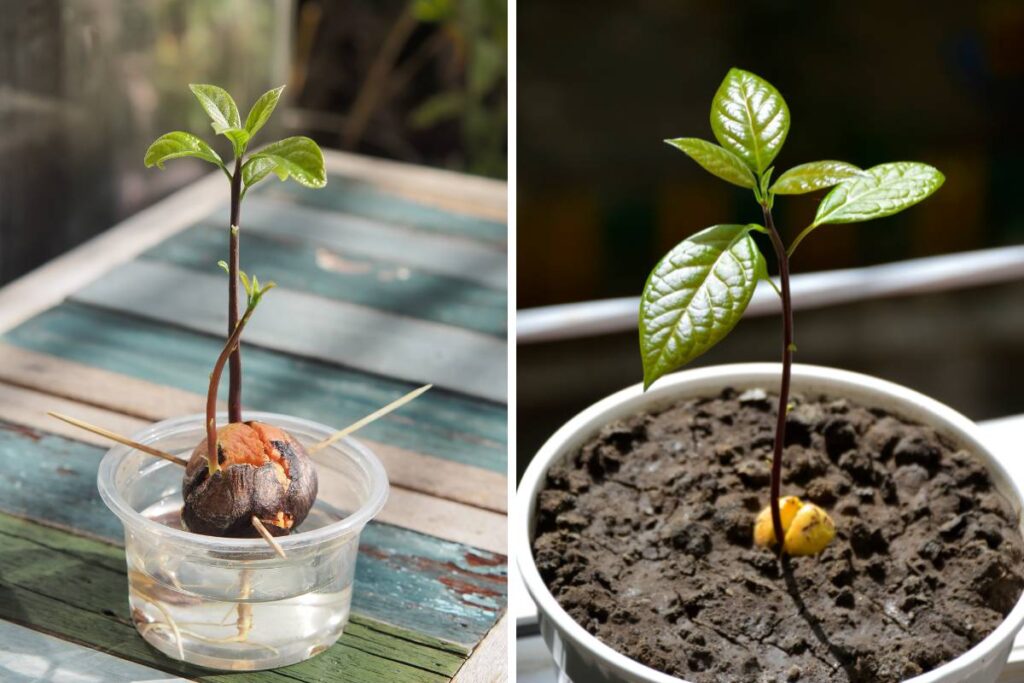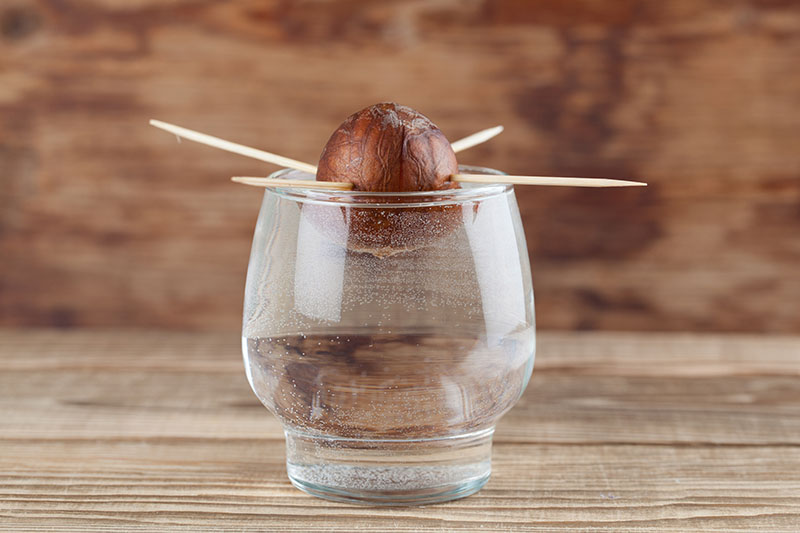
For a generation focused on sustainability and indoor gardening, the humble avocado pit has transformed from a kitchen discard into a popular horticultural project. The process of coaxing a seed into a sapling offers a tangible connection to nature and a lesson in botanical science. While the journey from a grocery store fruit to a fruit-bearing tree is long and not guaranteed, learning how to plant an avocado seed and watch it grow has become a rewarding endeavor for people globally.
This pursuit, blending scientific curiosity with a desire for green living spaces, is more accessible than many realize. “Growing an avocado from a seed is a project of patience, not perfection,” stated Dr. Alena Vazquez, a botanist at the Urban Horticulture Institute. “It demystifies the life cycle of plants and gives people a front-row seat to germination, which is a fascinating biological process.”
Getting Started: Two Proven Germination Methods
Success begins with a clean, un-nicked pit from a ripe avocado. While several germination techniques exist, two methods are widely recognized by horticultural experts for their reliability.
1. The Water Suspension Method
This classic approach offers a clear view of the germination process. According to guidance from the University of California Agriculture and Natural Resources (UC ANR), this technique involves suspending the seed in water.
- Preparation: Carefully clean the avocado pit, ensuring all fruit flesh is removed to prevent mold. Identify the top (slightly pointed end from which the stem will sprout) and the bottom (the flatter end where roots emerge).
- Suspension: Insert three or four toothpicks into the midsection of the seed at a slight downward angle. These will act as a scaffold, allowing the seed to rest on the rim of a glass or jar.
- Hydration: Fill the glass with water until the bottom third of the avocado pit is submerged. Place the jar in a warm location with indirect sunlight.
- Maintenance: Change the water every five to seven days to keep it clean and oxygenated. Within two to eight weeks, the pit should crack open, and a taproot will begin to emerge from the bottom.

2. The Soil Method
For a more direct approach that some experts suggest builds a stronger initial root system, planting the seed directly in soil is an effective alternative. The University of Florida IFAS Extension notes that avocado seeds can be planted directly into a pot for germination.
- Preparation: Clean the pit as described above.
- Planting: Fill an 8- to 10-inch diameter pot that has drainage holes with a quality potting mix. Plant the seed so that the top half remains exposed above the soil line.
- Care: Water the soil thoroughly, ensuring it is moist but not waterlogged. Place the pot in a warm, bright spot. Keep the soil consistently moist until a sprout emerges.
From Sprout to Sapling: Essential Avocado Tree Care
Once the seed has sprouted and the stem reaches about six to seven inches in height, the primary phase of care begins. This stage is critical for developing a healthy, leafy plant rather than a single, spindly stem.
Pruning for Bushiness
A key intervention, often overlooked by novices, is the initial pruning. “When the main stem is about six inches tall, it’s recommended to cut it back to about three inches,” advises a guide from HGTV. “This feels drastic, but it encourages the plant to send out new shoots from the side, leading to a bushier and more robust plant.” This process should be repeated as the plant grows, trimming back longer stems to encourage fuller growth.
Light, Water, and Soil Requirements
Avocado plants thrive under specific conditions that mimic their native subtropical environment.
- Light: They require bright, indirect sunlight. A spot near a south-facing window is often ideal, but direct, harsh sun can scorch the leaves of a young plant.
- Watering: Consistent moisture is crucial. Water the plant when the top inch of soil feels dry, but avoid oversaturation, which can lead to root rot—one of the most common problems for homegrown avocados. Yellowing leaves are often a sign of overwatering.
- Soil and Potting: A well-draining potting mix is essential. When it’s time to pot the sprouted seed, choose a container with ample drainage holes. The plant will need to be repotted into progressively larger containers as it grows.
Managing Expectations: The Question of Fruit
While it is entirely possible to grow a large, attractive tree from a seed, obtaining edible fruit is a different challenge. Commercial avocados are typically grown from grafted branches, which are cloned from trees with proven, high-quality fruit.
A tree grown from seed is a genetic wild card,” explained David Chen, a horticulturalist specializing in fruit trees. If it does produce fruit, which can take anywhere from 5 to 15 years, the taste and quality will likely not resemble the parent avocado. For most home growers, the reward is the beautiful plant itself.
The process, from saving a pit to nurturing a leafy houseplant, remains a deeply satisfying project. It offers a low-cost, engaging way to bring greenery indoors and observe the slow, steady progress of life. The final plant stands as a living testament to patience and a successful lesson in how to plant an avocado seed.
Mexico Solidifies Lead as World’s Top Avocado Exporter Amidst Growing Global Demand
